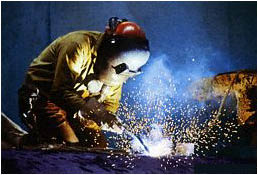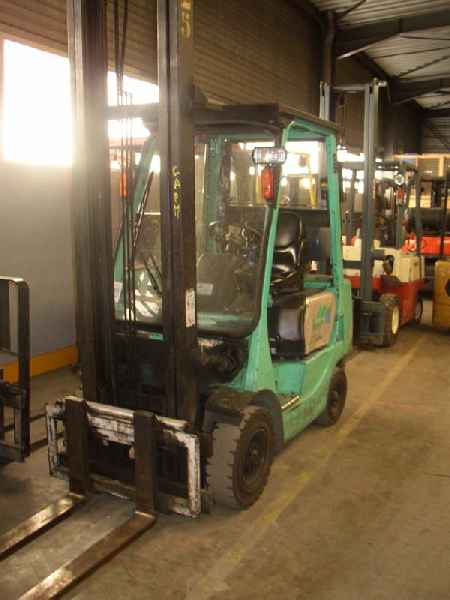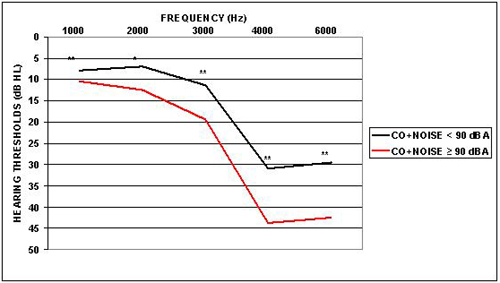ASA/CAA '05 Meeting, Vancouver, BC



Noise and Carbon Monoxide Exposure Increases Hearing Loss in Workers
Adriana Lacerda - Adriana.lacerda@umontreal.ca
Tony Leroux
Jean-Pierre Gagné
School of Speech-Language Pathology and Audiology
University of Montreal
C.P.6128, Succursale Centre-ville
Montreal, Quebec, Canada H3C 3J7
Popular version of paper 3aNS8
Presented Wednesday morning, May 18, 2005
Joint ASA/CAA Meeting, Vancouver, BC
In addition to noise, workers are exposed to a large number of chemical products.
One of the most common is carbon monoxide. The National Institute of Occupational
Safety and Health estimated that nearly 1 million workers are exposed to significant
levels of carbon monoxide. So far, animal models have been used to demonstrate
the worsening of noise-induced hearing loss by carbon monoxide exposure. It
has been shown that the addition of carbon monoxide to otherwise safe noise
exposure levels produces significant noise-induced hearing loss in rats.
However, in humans the effects of chronic exposure to low levels of carbon monoxide
in a noisy work environment are still unknown. This study is the first to provide
evidence that the combined exposure to noise and carbon monoxide in the workplace
induces a larger hearing loss than the one obtained after noise exposure alone.
The aim of the study was to compare the hearing acuity of workers exposed to
levels of noise lower than 90 dBA for 8 hours to another group of workers exposed
to noise levels above 90 dBA. In both groups, a sample of workers was also exposed
to carbon monoxide. Of the several hundred occupations found in the database,
a large number of workers were: firefighters, miners, foundry workers, welders,
garage mechanics, industrial mechanics, truckers, diesel engine operators, and
forklift operators.
 |
 |
The analysis was based on 8647 workers' charts collected by the Quebec National Public Health Institute between 1983 and 1996. The database provided information on occupation, noise level, number of years of noise exposure for the current occupation, audiometric data, and medical history. Workers who had experienced vertigo, ear infections, or those who had reported extraprofessional noise exposure or congenital hearing loss were excluded from the study. Carbon monoxide exposure status (yes or no) was determined for each occupation by a panel of 5 experienced judges (2 industrial hygienists and 3 audiologists). Good to excellent inter-judge agreement was obtained for 82 % of the occupations represented in the database. For the remaining 18%, a literature review and the professional experience of 2 additional judges were used to reconcile the carbon monoxide exposure status.
The results revealed that the workers who were exposed to carbon monoxide and
to noise levels above 90 dBA displayed significantly poorer hearing detection
thresholds at high frequencies (i.e., 3, 4, and 6 kHz). For this group, the
magnitude of the shift in hearing detection thresholds was modulated by the
number of years that the person had been exposed to noise in the workplace.
Specifically, a larger shift was observed among the workers with between 20
- 29 years of work related noise exposure.

The results indicate that CO exposure increases the magnitude of the hearing loss due to noise exposure. Moreover, our results indicate that a long history of chronic exposure is needed (i.e., between 20 - 29 years) before an interaction between noise and carbon monoxide can be observed. Based on our results, we recommend that chronic exposure to carbon monoxide should be considered when the risk for developing a noise-induced hearing loss is being assessed.